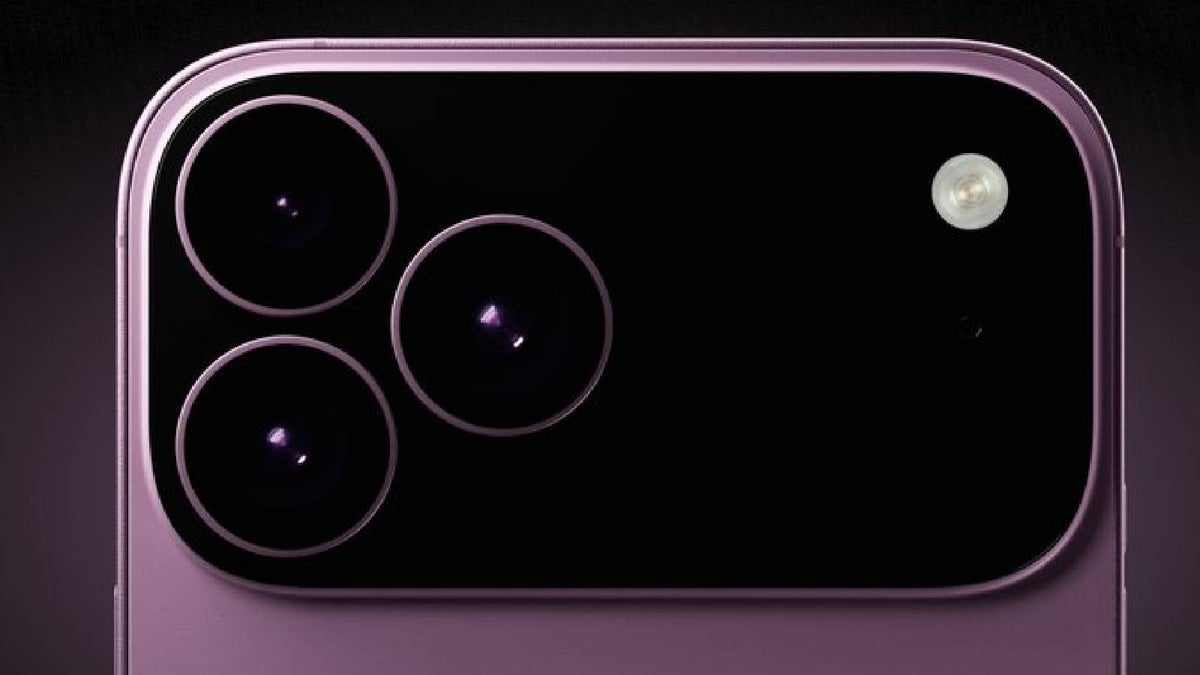The world of smartphone photography is constantly evolving, with manufacturers pushing the boundaries of what’s possible within the confines of a pocket-sized device. One area that has seen significant advancements is computational photography, using software to enhance images and create effects like portrait mode. However, there’s a growing buzz around a more traditional, optical approach that could revolutionize mobile photography: variable aperture.
For those unfamiliar, aperture refers to the opening in a lens that controls the amount of light that reaches the camera sensor. A wider aperture (smaller f-number, like f/1.8) allows more light in, creating a shallow depth of field (DoF), where the subject is in sharp focus while the background is blurred. This is the effect that makes portraits pop. A narrower aperture (larger f-number, like f/16) lets in less light and produces a deeper DoF, keeping both the foreground and background in focus, ideal for landscapes.
Currently, smartphone cameras have a fixed aperture. They rely on software and clever algorithms to simulate depth-of-field effects. While these software-based solutions have improved dramatically, they still have limitations. The edge detection isn’t always perfect, and the bokeh (the quality of the background blur) can sometimes look artificial.
A variable aperture lens would change the game. By mechanically adjusting the aperture, the camera could achieve true optical depth of field, offering significantly improved image quality and more creative control. Imagine being able to seamlessly switch between a shallow DoF for a dramatic portrait and a deep DoF for a crisp landscape, all without relying on software tricks.
This isn’t a completely new concept in photography. Traditional DSLR and mirrorless cameras have used variable aperture lenses for decades. However, miniaturizing this technology for smartphones presents a significant engineering challenge. Fitting the complex mechanics of an adjustable aperture into the tiny space available in a phone requires incredible precision and innovation.
Rumors have been circulating for some time about Apple potentially incorporating variable aperture technology into future iPhones. While initial speculation pointed towards an earlier implementation, more recent whispers suggest we might have to wait a little longer. Industry analysts and supply chain sources are now hinting that this exciting feature could debut in the iPhone 18, expected around 2026. This would be a major leap forward in mobile photography, offering users a level of creative control previously unheard of in smartphones.
The implications of variable aperture extend beyond just improved portrait mode. It could also enhance low-light photography. A wider aperture would allow more light to reach the sensor, resulting in brighter, less noisy images in challenging lighting conditions. Furthermore, it could open up new possibilities for video recording, allowing for smoother transitions between different depths of field.
Of course, implementing variable aperture isn’t without its challenges. One potential issue is the complexity of the lens system, which could increase the cost and size of the camera module. Another concern is the durability of the moving parts within the lens. Ensuring that these tiny mechanisms can withstand daily use and remain reliable over time is crucial.
Despite these challenges, the potential benefits of variable aperture are undeniable. It represents a significant step towards bridging the gap between smartphone cameras and traditional cameras, offering users a truly professional-level photography experience in their pockets.
As we move closer to 2026, it will be fascinating to see how this technology develops and what impact it has on the future of mobile photography. The prospect of having a true optical depth of field control in our iPhones is certainly an exciting one, promising to further blur the lines between professional and amateur photography. The future of mobile photography looks bright, with variable aperture poised to be a game changer.
Source


